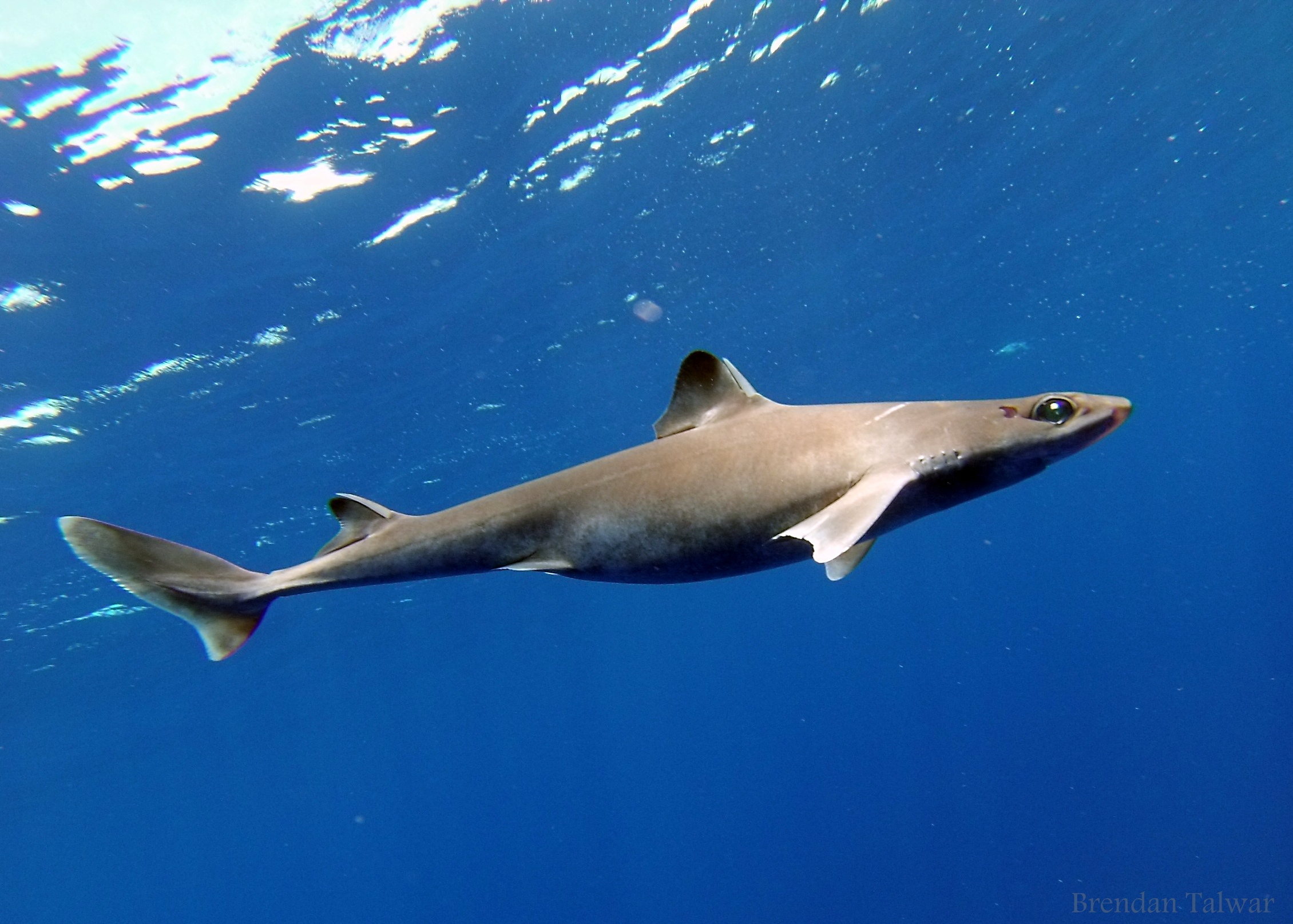The paper: Keller, B.A., Finger, J.S., Gruber, S.H., Abel, D.C., and Guttridge, T.L. The effects of familiarity on the social interactions of juvenile lemon sharks, Negaprion brevirostris. Journal of Experimental Marine Biology and Ecology 489: 24-31. https://doi.org/10.1016/j.jembe.2017.01.004
“If you want to go further, go together…”
I recently saw a commencement speech given by Arnold Schwarzenagger; the Terminator himself admitted that everyone needs friends to get along amid the ups and downs life can throw. However, “friends” means something besides moving help and dinner parties in the animal kingdom; animals generally use relationships to gain some type of advantage. Wolves are more successful hunters of bigger game in larger packs, while meercats benefit from group life by using members of their group as sentries, babysitters, and for grooming. Examples like this abound across the animal kingdom where groups of animals find it easier to hunt, learn, or raise young when they engage in groups or familiar relationships with other animals; all these derived benefits add up to increasing the fitness of a given animal or group of animals, increasing their chances of maintaining their genetic lineage into future generations.
Visual evidence of sharks hanging out together abounds; images of sharks schooling readily inspires shock and awe, but little is quantitatively known about shark group preferences…do sharks prefer being around familiar faces? Does group life benefit sharks?
Sharks can school together in large numbers, like the gray reef sharks in this video, but little empirical information exists defining how sharks engage with other sharks and how this may benefit them. Video credit: The Wall of Sharks from Global Dive Media on Vimeo
Elucidating detail about group behavior or familiar relationships in sharks and other marine animals is a tough task; it’s difficult for us to observe marine animals in their watery environment for long periods, and their social cues are foreign compared to those of land mammals such as ourselves. However, the lack of data surrounding this topic didn’t deter a group of international researchers led by Bryan A. Keller from tackling the challenge. Keller and his collaborators designed a study at the Bimini Biological Field Station Shark Lab to better grasp group behavior in our favorite finned fish.
The study
The researchers collected juvenile lemon sharks from South Bimini and split them into two separate groups; the groups were kept in semi-captivity and allowed to acclimate to each other for a period of two weeks.

After getting to know each other, the sharks had their social skills put to the test via staged meet and greets. Two sharks from each group were put into a social networking enclosure (like a young professionals networking hour?); the sharks were individually distinguished by color tags so the researchers could keep track of who’s who in the tank. The social time was videotaped and subsequently analyzed for shark social interactions using visual tracking software; behaviors like following or swimming parallel to another shark were characterized as social behaviors. Social vs unfamiliar interactions were tabulated during each 60 min observation period and assessed statistically to determine any patterns in shark interactions.
Friendships, a.k.a finships in sharks?!
This simple yet informative experiment cast light on shark “finships”; the juvenile lemon sharks were significantly more likely to engage in familiar interactions with sharks they were previously acquainted with during the 14-day acclimatization period compared to sharks from the unfamiliar group. The social interactions were particularly pronounced during the first 40 minutes, for unspecified reasons. These results inform the idea that lemon sharks can recognize each other, and choose to hang out with familiar sharks. Such behavior may be advantageous in that hanging out with recognizable sharks may decrease opportunities for aggression between individuals or confer some type of feeding benefit; however, research still needs to clarify exactly why lemon sharks choose to hang out with familiars and any associated benefits that come with this behavior.
This study did not pinpoint the exact amount of time it takes for juvenile lemon sharks to become pals or exactly why they choose to display this kind of behavior, but it certainly lays a solid foundation for further research teasing out shark population social structure and group preferences. Increased understanding of shark group behaviors may help fill in the blanks as to why sharks are so successful evolutionarily, ruling the oceans since before the dinosaurs.
Moreover, the better we understand shark aggregation patterns and behaviors, the more readily we can act to effectively conserve shark populations via concerted protection measures that consider the life history of a given shark species. For example, since lemon sharks seem to display a preference for familiar individuals or group members, conservation efforts could work to ensure protection for known shark congregation areas; or in terms of fisheries management, sharks that display social tendencies need to maintain adequate numbers to facilitate such social dynamics, and such information is relevant in a species stock assessment. So although sharks won’t be posting selfies with their besties on social media anytime soon, shark group dynamics is a vital research topic, with much yet to be discovered about shark group preferences and individual recognition abilities.
I am a third year PhD student at the University of Rhode Island Graduate School of Oceanography in the Lohmann Lab. My current research interests include environmental chemistry, water quality, as well as coastal and seabird ecology. When not in the lab, I enjoy diving, surfing, and hanging out with my dog Gypsy.

